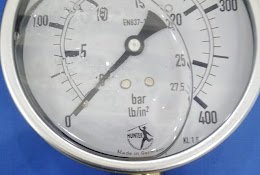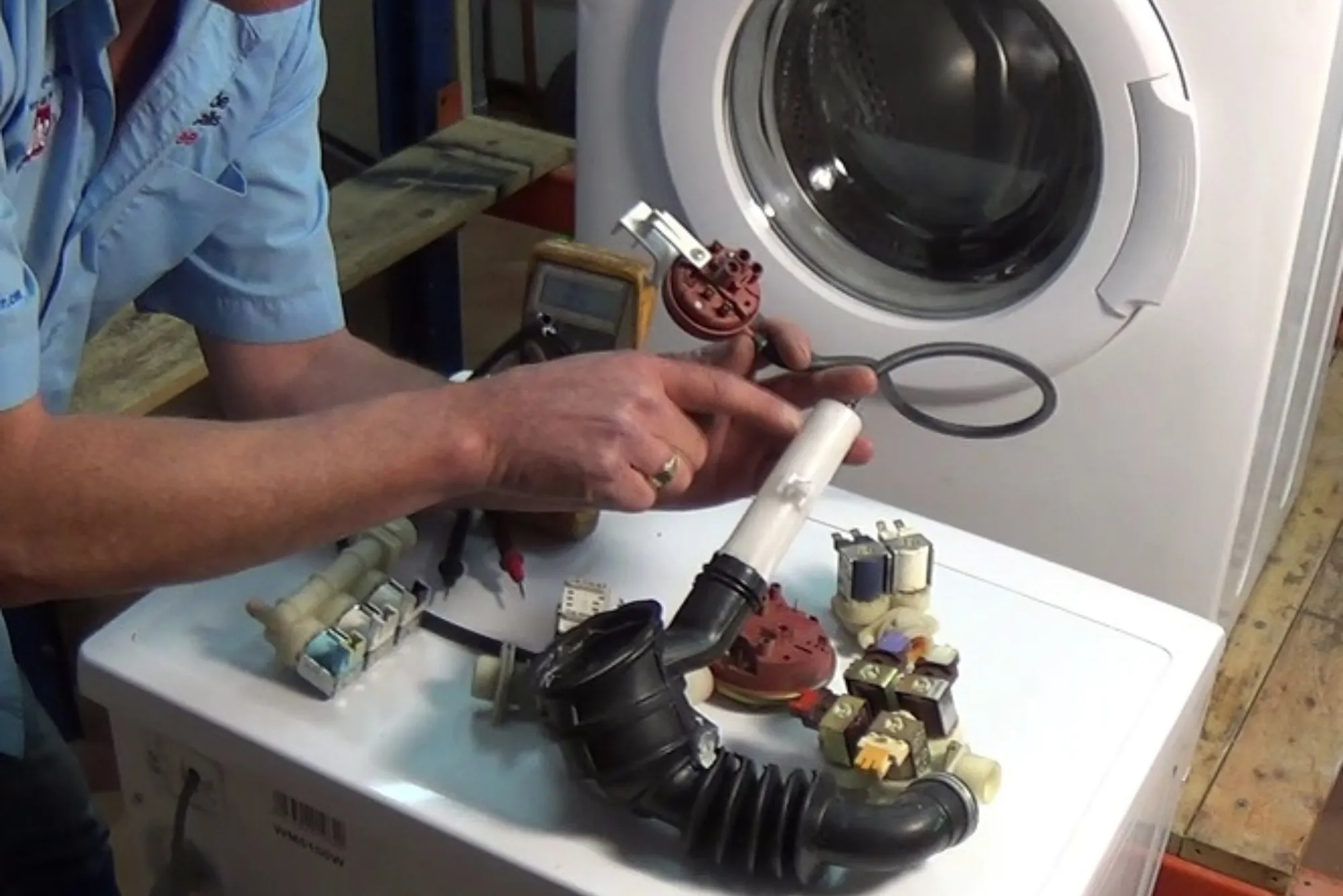The suspension system in your automobile plays a vital role in providing a pleasant and smooth ride. It supports the car’s weight, keeps the tires in touch with the road, and absorbs road shocks. Squeaking noises coming from your car’s suspension are not only inconvenient, but they may indicate a problem. Knowing what’s causing these noises can enable you to fix the problem quickly and keep your car in good working order. This post will discuss the numerous causes of squeaky suspension in cars, the parts that are involved, and how to remedy and avoid these problems.
Understanding the Suspension System
Before investigating the reasons behind squeaking, it’s critical to comprehend the fundamental parts of a car’s suspension system. The principal components consist of:
Springs: They support the weight of the vehicle and cushion it from uneven surfaces. They are available in several varieties, including torsion bars, coil springs, and leaf springs.
Struts & Shock: Struts and shock absorbers reduce bounce and ensure the tires stay in touch with the road by absorbing the movement of the springs.
Control Arms: These provide for regulated movement by joining the suspension to the vehicle chassis.
Bushings: Made of polyurethane or rubber, bushings lessen wear and friction by cushioning the joints between suspension parts.
Ball joints: These enable the wheels to spin and the suspension to go up and down.
Sway bars: By stabilizing the vehicle, they lessen body roll when cornering.
Knowing these parts lets you identify the suspension system’s squeaky noise source.
Common Causes of Suspension Squeaking
There are several reasons why your car’s suspension can be squeaky. The most popular ones are as follows:
Worn Out Bushings
One of the most frequent causes of suspension creaking is bushings. These parts are intended to lessen friction between metal components and absorb shocks. Bushings may dry up, crack, or wear out over time, which can cause squeaky sounds. The metal components that bushings are meant to cushion begin to scrape against one another when they degrade or lose their lubrication, which makes them squeak.
Solution: Look for indications of wear and tear on the bushings. If they are dry, using a lubricant with a silicone base might be helpful. On the other hand, the bushings must be changed if they are severely worn out or fractured.
Dry Ball Joints
Ball joints connect the steering knuckles to the control arms, providing smooth movement in various directions. Usually sealed and lubricated, these joints can make squeaking noises over time if the seals break or the oil dries out.
Solution: Examine the state of the ball joints. If the seals are damaged or there is insufficient lubrication, a professional should repair or relubricate them.
Worn Shock Absorbers or Struts
Struts and shock absorbers are essential for managing the suspension’s movement. If they are broken or worn out, they may make squeaking sounds. In addition, the rubber parts and mounting locations for shocks and struts may deteriorate, adding to the noise.
Solution: Check for leaks, damage, or excessive wear on the struts and shock absorbers. Replacing worn-out or broken parts can stop the squeaking and enhance the ride quality.
Loose or Damaged Control Arms
Control arms regulate movement by joining the wheels to the vehicle’s structure. Loose or broken control arms or mounting points may produce squeaking sounds.
Solution: Replace any broken control arms and their related parts or tighten any loose fasteners.
Sway Bar Issues
When the automobile is turning, the sway bar, also known as the anti-roll bar, helps keep it stable. When the automobile spins or bumps uneven surfaces, worn or broken sway bar bushings or links may make squeaking sounds.
Solution: Examine the sway bar links and bushings. Replacing worn-out or broken parts can remove the noise and enhance automobile control.
Spring Issues
Springs by themselves often don’t squeak, but as they wear out, the parts that are connected to them, such spring seats or mounts, can. Coil springs may corrode over time, which can cause them to creak.
Solution: Examine the springs and the parts that go with them. The noise can be reduced by replacing damaged spring seats or mounts and cleaning rust from springs.
Contaminants and Debris
Dirt, mud, and other particle buildup on suspension parts can result in friction and squeaky sounds. Additionally, contaminants can enter moving components, worsening the issue.
Solution: To get rid of dirt and debris, give your car’s underside a regular cleaning. Maintaining the cleanliness of suspension components and getting into hard-to-reach regions can be facilitated by using a pressure washer.
Weather Conditions
Squeaking can occur when the rubber parts of the suspension become less flexible and more rigid due to cold temperatures. Similarly, moisture and rain may lubricate moving components and then remove them, creating noise.
Solution: When the automobile heats up in cold weather, the squeaking may stop on its own. Routine maintenance and lubrication can avoid weather-related squeaking.
Improper Installation or Adjustments
Squeaking sounds may occur from improperly installed suspension parts or improperly adjusted suspension components. This is especially typical following a car suspension repair or upgrade.
Solution: Verify that every suspension part is adequately fitted and adjusted. If you need more clarification, have a qualified mechanic check and fix the installation.
Aftermarket Parts
Original equipment manufacturer (OEM) parts may be of higher quality than aftermarket suspension components, or they may not always fit correctly, which can result in additional problems like squeaking.
Solution: If you know that the aftermarket or OEM components will fit your car perfectly, consider utilizing them. Avert problems by doing your homework and selecting reliable products.
Diagnosing Suspension Squeaks
A comprehensive car diagnostic is required to treat suspension squeaks in an efficient manner. To assist in locating the source of the noise, follow these steps:
1. Listen Carefully
Observe the location and timing of the noise. Does it occur when you brake, turn, or travel over bumps? Determining the circumstances surrounding the noise can help reduce the number of possible sources.
2. Perform a Visual Inspection
Seek out apparent indications of deterioration, damage, or missing parts. Examine the suspension components such as bushings, ball joints, control arms, and others for corrosion, leaks, or cracks.
3. Bounce Test
Apply pressure on the corners to make the automobile bounce. Listen for squeaky sounds and identify the side or corner where the noise is coming from. This can help determine the portion of the suspension that requires care.
4. Lubricate Moving Parts
Apply a lubricant with a silicone base in dubious locations like ball joints and bushings. If the squeaking ceases, the source is probably located. But lubricating is sometimes only a stopgap measure; worn-out parts might need to be replaced.
5. Seek Professional Help
If you are unable to determine the problem or solve it, it is essential to get advice from a qualified technician. They are equipped with the knowledge and resources necessary to correctly identify and fix suspension issues.
Preventing Suspension Squeaks
Suspension squeaks may be avoided, and routine maintenance and upkeep can guarantee a smooth ride. Here are some pointers:
1. Continual Exams
Check the suspension parts regularly, particularly if you drive on uneven terrain often. Look for wear and tear and take quick action as necessary.
2. Maintain Clean Components
Clean your car’s underside regularly to remove dirt and debris. This lessens the chance of impurities producing noise and friction.
3. Grease the Moving Components
For bushings, ball joints, and other moving parts, use a lubricant with a silicone basis. This increases the lifespan of these parts and lessens friction.
4. Use Premium Components
Replace suspension parts with high-quality, properly fitted parts for your car. Although reliable aftermarket choices are available, OEM components are frequently the best solution.
5. Correct Installation and Modifications
Make sure that the suspension’s parts are installed and adjusted correctly. If you can’t accomplish this, seek expert assistance.
6. Weather Protection
Give your automobile time to warm up before you drive in chilly weather. Rubber parts that might break easily in very cold conditions should be checked and replaced on a regular basis.
Conclusion
More than just a nuisance, squeaky car suspension noises might indicate serious problems that must be fixed. It will be easier to identify and resolve the issue if you are aware of the usual reasons, which include broken control arms, dry ball joints, and worn bushings. You can keep your suspension system in good working order and avoid squeaks by performing routine maintenance, inspections, and replacements using high-quality parts.
Feel free to seek expert assistance if you are unable to diagnose or resolve the problem on your own. In addition to offering a comfortable and smooth ride, a well-maintained suspension system protects your car’s durability and safety. Fixing suspension squeaks quickly will make your driving experience more pleasurable and quieter.









